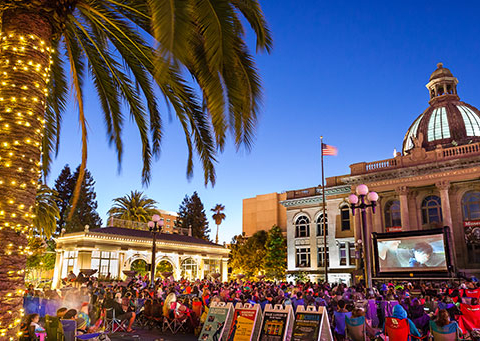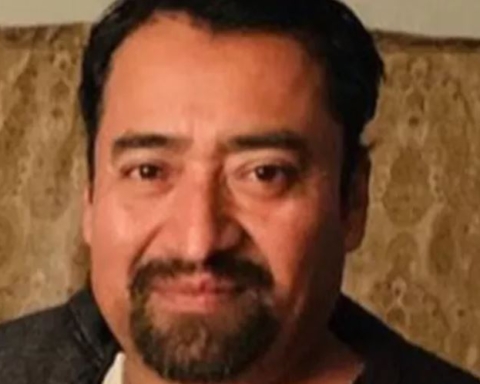When Redwood City Councilman John Seybert was first elected in 2008, at the onset of the national recession, he walked the city’s neighborhoods handing out postcards listing his goals: mainly to build the city to a place of financial stability, and to realize the community’s vision for downtown.
Today, Redwood City’s finances are in the best shape in years and stable, and the city’s center “has really come to life,” Seybert said. The progress has played into Seybert’s decision not to seek another term on the council, which is rare for an incumbent.
But that doesn’t mean Seybert is going anywhere. In a lengthy interview with Climate Online, Seybert discussed his plans for continued involvement in his community, an activism that began before he ran for office and was never dependent on official trappings.
He said he would have run again if he was certain “I hadn’t finished the work I set out to do and if there was no one ready to step up.” That’s not to say there isn’t more to do. “There are always more things you want to do,” Seybert said.
“This a good place for me not to retire, but to redeploy myself somewhere else,” said Seybert, who spent eight years in the Planning Commission, nine years on the City Council. “I don’t plan to be less busy, I plan to be differently busy.”
Seybert’s transition provides him an opportunity to reflect on the current political climate in Redwood City, particularly the complaints from some that Redwood City was a better place 25 or 30 years ago, before the growth that has dominated the past decade.
“I say it this way,” Seybert said. “There are some people who hate the city they always hated.” In other words, some people hated Redwood City the way it was – a downtown without any real substance – and what it has become.
As he put it, some people following Moses probably complained, “Let’s go back to Egypt.”
He acknowledged there is more traffic and congestion downtown, but said that’s a sign of a vigorous city center, one with places to go, things to do and people there who want to do those things.
When he first moved to Redwood City, he lived three blocks from downtown and “I liked it when I could always get a seat at dinner,” Seybert said. “But that’s not a vibrant community.” People who complain about no parking downtown should check in with the owners of their favorite restaurants. They may like that so many people are in a downtown that was notably a “ghost town” after 5 p.m., Seybert said.
Beyond his own campaign commitments of 2008, Seybert said the other controlling factor in his decision was whether there are new faces ready to take on leadership roles.
Besides Jeff Gee and Diane Howard, council colleagues who are seeking re-election, Seybert is looking for new leadership reflecting the changing city. “Who is our next generation leader? The city needs to be led into the future by the future,” he said. “Is there somebody to take my place?”
New faces are emerging. You will hear about some of them in my next column.
Seybert believes there is, and that he would serve the city well by getting out of the way.
“Nobody can step up unless there’s a place to step up.” He said there are such leaders emerging and he is likely to endorse someone he describes as from the “next generation. … I don’t know who that will be, yet.”
How he might next be engaged and of service he has yet to decide, Seybert said, but it will be about what’s next for the city, not about how Redwood City used to be.
“I don’t believe in leading an organization by looking in the rear-view mirror,” he said.






